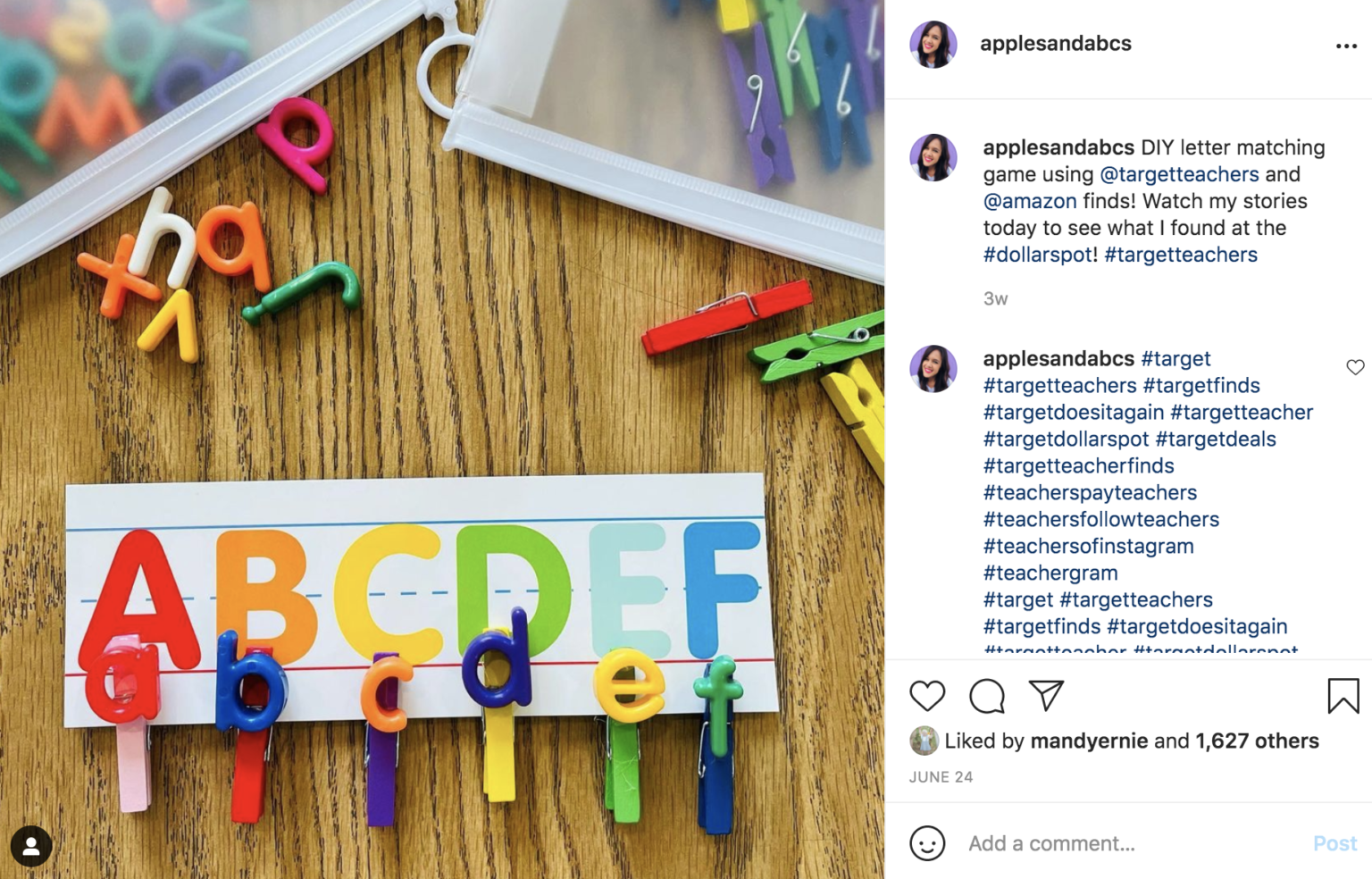

TOP TIP: Is your child a lefty? Many parents note that handwriting skills can take longer to develop in children who are left-handed. Getting these children a writing utensil with a wider diameter, such as a chunky pencil or marker, sometimes helps, or a rubber grip to help the instrument to become thicker and prevent the hand from slipping if palms become sweaty. Some young writers bear down on the pencil, which can cause hand cramps and broken pencil tips.
Dirty spelling alphabet how to#
In addition to how the pencil is held, there’s also figuring out the placement of the arm and elbow and learning how to apply the right amount of pressure so text is not too faint to read. Young children may first begin to develop this skill through drawing, and later by coloring inside the lines in coloring books. This is the preferred finger positioning where the thumb, index and middle finger work together to hold the writing instrument securely. Parents and teachers can help by providing graph or lined paper with dashes that serve as a guide for letter height.īeginner writers need plenty of practice to get comfortable holding a pen or pencil using a tripod grip. You also need to know how a letter shape falls across the horizontal axis to get the vertical spacing correct. In terms of producing text that follows along a straight line, this ability is somewhat contingent upon being able to write letters that are relatively the same size.

It’s quite common for words to run off a page in the writing of very young children who are not practiced at estimating how much space they need per letter and per word. Understanding how these different distances work and then being able to recreate them on paper can take some time.

However, there are also spaces between letters! And some words are combinations of two words, like contractions for example, separated only by an apostrophe. You can expect letter shapes to become increasingly regular as a child progresses through his or her first year of learning and begins to write using a steady grip and fluent rhythm.Įnglish is written left to right and words are denoted by spaces between them. The more a child practices the movements of handwriting, the more they become automatic and he or she builds up muscle memory, strength and dexterity in the hands. This is one reason why people who struggle with handwriting sometimes prefer to write in all capital letters. Note that lowercase letters are generally harder to write than capitals because they are smaller and they contain more rounded edges and curves. In the beginning, it takes a lot of coordination to form them and you may see different sized letters, as well as some confusion between similarly shaped letters, such as lowercase a, e and o. Keep in mind everyone’s handwriting is unique and no two children will write in exactly the same way.Įnglish letters are made up of balls and bats. Handwriting requires highly developed fine motor skills, which is why it typically isn’t taught until children are age 4 or older. For these learners, writing is often slow and labored, and may cause high levels of stress, frustration, anxiety, and embarrassment at school. However, there are some children who continue to struggle with the mechanics of handwriting beyond age 7 or 8. It’s common for new writers to struggle with letter formation, spacing and posture in the beginning, but most are able to produce clear and legible text by the end of the second grade. This happens between the ages of 4 and 5 and involves becoming familiar with the letters of the alphabet, mastering the pen strokes used to form letters, and practicing with holding the pen or pencil in a tripod grip. Writing can be done on a computer or through dictation using speech-to-text technology, but it’s more common for children to learn how to write by hand. That’s because writing offers a means for self-expression and reflecting on the work of others, but it’s also how knowledge and learning is measured in our society. Learning how to write is one of the most important things a child will do when he or she begins school.


 0 kommentar(er)
0 kommentar(er)
